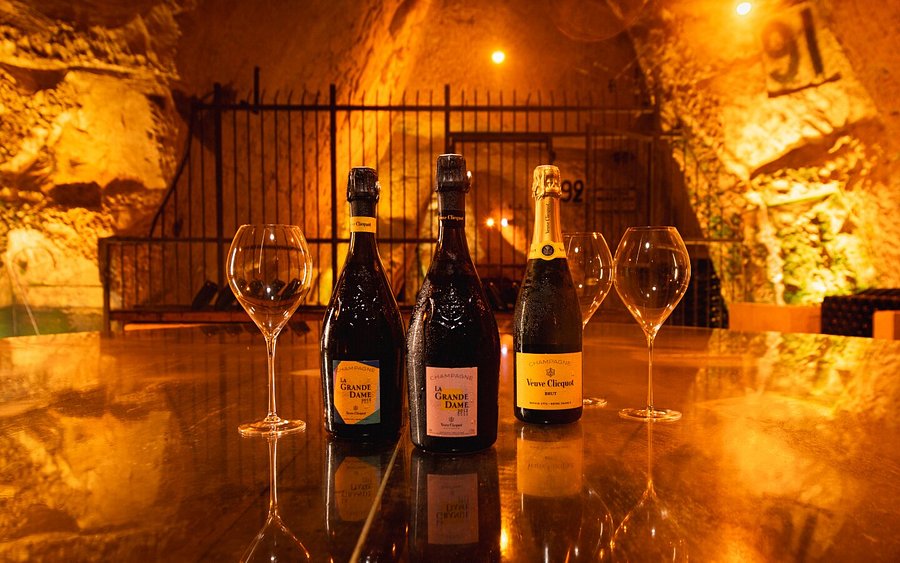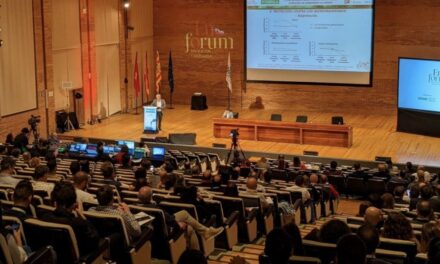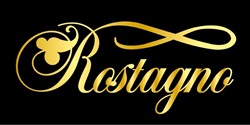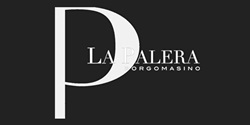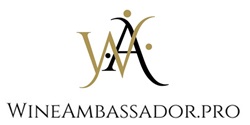Modest gains in overseas markets contrast with sluggish French demand as the Champagne sector braces for a pivotal decision on 2025 harvest yields.
ÉPERNAY – After a slow and uncertain start to the year, the Champagne industry is beginning to see cautious signs of recovery — at least beyond European borders. Provisional shipment figures for the first half of 2025 show a slight overall volume decline of 1.25%, with 105.4 million bottles shipped globally between January and June, compared to 106.6 million during the same period last year.
Yet beneath the surface of this marginal drop lies a more nuanced picture. While domestic consumption in France continues to fall, down 5.2% to 41 million bottles, export markets are regaining momentum, particularly in key non-European destinations.
Exports Lead the Way – Especially Outside Europe
Total exports reached 64.5 million bottles in the first half of 2025, a modest increase of 1.6% year-on-year. More strikingly, shipments to markets outside Europe — chiefly the US, UK, and Japan, which remain Champagne’s top three destinations beyond France — climbed 3.8% to 46 million bottles. Conversely, exports to the rest of Europe slipped 3.4%, totaling 18.5 million bottles.
These figures offer a glimmer of hope for producers after a challenging 2024, during which overall Champagne shipments fell 9.3% in volume, reaching 271.3 million bottles — one of the sharpest declines in recent years.
Moët Hennessy Bounces Back in the US
Adding to the cautious optimism is the rebound of Moët Hennessy’s flagship brands in the critical US market. Following a turbulent period marked by significant job cuts and plunging profits, Veuve Clicquot and Moët & Chandon have both recorded strong recoveries in the first half of 2025, according to NielsenIQ data through July 5.
- Veuve Clicquot saw US volume sales rise 6.9%, with value up 5.7%, rebounding from a 5% volume drop in 2024 (577,000 cases).
- Moët & Chandon, though a smaller player in the US, outperformed expectations with volume up 9.1% and value up 7.6%, after a 7% fall in 2024 (360,000 cases).
The UK market also showed encouraging signs in June, with volume up 8.9%, albeit with a 1.2% dip in value.
Across the board, the top 15 export markets registered a 10.9% volume increase and 11.3% rise in value for June — a potential signal that Champagne may be regaining its sparkle abroad.
High Stakes Ahead: The Yield Decision
This modest uptick in exports could not come at a more critical time. On Wednesday, July 23, the Comité Champagne (CIVC) — the governing body overseeing Champagne production — will convene to set the maximum usable yield for the 2025 harvest. The decision carries weighty implications for the region’s economic and strategic future.
A key challenge: managing excessive stock. At the end of July 2024, Champagne reserves stood at over 1.52 billion bottles, well above the CIVC’s preferred benchmark of 3.5 years’ supply. Current stock levels equate to over five years of supply, not including the 257 million bottle reserve held back for emergencies or poor harvests.
Tensions between growers and houses are once again expected to flare. Growers — particularly those who sell grapes to the négoce (merchant houses) — are pushing for a higher yield, as they are paid per kilogram harvested. In contrast, the houses are keen to limit further stock accumulation amid sluggish demand and economic uncertainty.
In 2024, the CIVC cut the allowable yield to 10,000 kg/ha, down from 11,400 kg/ha in 2023. Given ongoing sales weakness, many expect another reduction — with some voices in the sector calling for a drastic cut to 8,000 kg/ha, which would produce approximately 230 million bottles.
Balancing Act for CIVC Leaders
Navigating these opposing pressures will be no easy task for the CIVC’s co-presidents — David Chatillon, representing the houses (UMC), and Maxime Toubart, representing the growers (SGV). Their challenge is clear: protect the integrity of Champagne’s global brand while supporting the livelihoods of thousands of growers, all in a context of inflation, global uncertainty, and changing consumer habits.
Final Thoughts
Though far from a full recovery, Champagne’s improving performance in export markets — especially outside Europe — is a welcome development. With the world slowly reopening to celebration, the hope across the vineyards of Reims and Épernay is that this gentle upward trend will continue. But as ever in Champagne, the real challenge lies in balancing tradition, market forces, and the capricious rhythms of both weather and wine lovers around the world.

